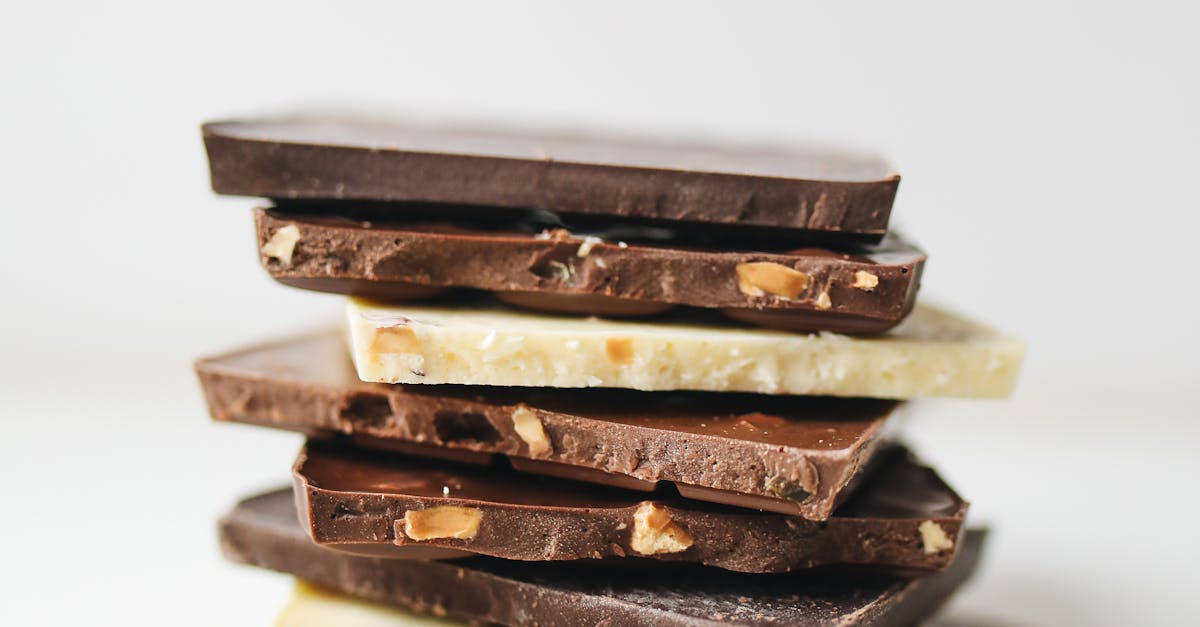Pongal, a beloved dish from South India, is a delightful mix of flavors and textures that captures the essence of traditional Indian cuisine. This dish is not only popular during festivals but is also a comfort food enjoyed by many. Understanding the ingredients that make up this delectable dish can enhance your cooking experience and appreciation for it. Below is a comprehensive list of the essential ingredients used in making Pongal.
| Ingredient | Quantity |
|---|---|
| Rice | 1 cup |
| Moong Dal (Yellow Split Lentils) | 1/4 cup |
| Ghee (Clarified Butter) | 2 tablespoons |
| Water | 4 cups |
| Black Pepper | 1 teaspoon |
| Cumin Seeds | 1 teaspoon |
| Ginger (Finely Chopped) | 1 tablespoon |
| Curry Leaves | 1 sprig |
| Cashews | 2 tablespoons |
| Salt | To taste |
Rice
Rice is the primary ingredient in Pongal, providing the dish with its base. Typically, short-grain rice is used for its sticky texture, which helps bind the other ingredients together. The choice of rice can significantly impact the dish’s final consistency and flavor.

Moong Dal (Yellow Split Lentils)
Moong dal adds protein and a unique flavor to Pongal. When cooked, it becomes soft and creamy, complementing the rice perfectly. This ingredient is not only nutritious but also aids in digestion, making Pongal a wholesome meal.

Ghee (Clarified Butter)
Ghee is essential for imparting a rich, buttery flavor to Pongal. It enhances the aroma and gives a luxurious mouthfeel to the dish. The use of ghee is traditional, but it can be substituted with oil for a lighter version.

Water
Water is crucial for cooking the rice and dal together. The amount of water determines the dish’s consistency; more water results in a softer, porridge-like texture, while less water yields a firmer dish. Adjusting the water according to personal preference is key.

Black Pepper
Black pepper adds a mild heat and depth of flavor to Pongal. It is often used in whole form, providing a burst of flavor with each bite. This spice is known for its digestive properties and enhances the overall taste of the dish.

Cumin Seeds
Cumin seeds are another aromatic spice that brings warmth and earthiness to Pongal. When tempered in ghee, they release their oils, creating a fragrant base that elevates the dish’s flavor profile. Cumin is also known for its health benefits.

Ginger (Finely Chopped)
Fresh ginger adds a zesty kick to Pongal, balancing the richness of the ghee and the creaminess of the dal. It aids digestion and provides a warming effect, making the dish comforting and satisfying.

Curry Leaves
Curry leaves are a staple in South Indian cooking and are used to infuse flavor into Pongal. Their unique aroma and taste contribute to the dish’s complexity. They are typically added during the tempering process to release their essential oils.

Cashews
Cashews are often added for a crunchy texture and nutty flavor. They are usually fried in ghee before being mixed into the Pongal, providing a delightful contrast to the soft rice and lentils. Cashews also add healthy fats and protein to the dish.

Salt
Salt is a fundamental ingredient that enhances all the flavors in Pongal. It is important to adjust the salt to taste, ensuring that it complements the other ingredients without overpowering them. A pinch of salt can elevate the overall dish.

FAQ
What is the difference between sweet and savory Pongal?
Pongal can be prepared in both savory and sweet variations. Savory Pongal, made with spices and ghee, is usually served as a main dish, while sweet Pongal incorporates jaggery and coconut, making it a dessert or festive offering.
Can I use other types of lentils in Pongal?
While moong dal is traditional, you can experiment with other lentils like toor dal or masoor dal. However, the texture and flavor will vary slightly.
Is Pongal gluten-free?
Yes, Pongal is naturally gluten-free as it primarily consists of rice and lentils, making it a great option for those with gluten intolerance.
How can I store leftover Pongal?
Leftover Pongal can be stored in an airtight container in the refrigerator for up to 2-3 days. To reheat, add a little water to regain its creamy consistency.
What are some common side dishes to serve with Pongal?
Pongal is often served with coconut chutney, sambar, or pickle. These accompaniments enhance the flavors and provide a balanced meal.
For more information on traditional South Indian cuisine, you can visit [NIN](https://www.nin.res.in) and [Food Safety and Standards Authority of India](https://www.fssai.gov.in).
